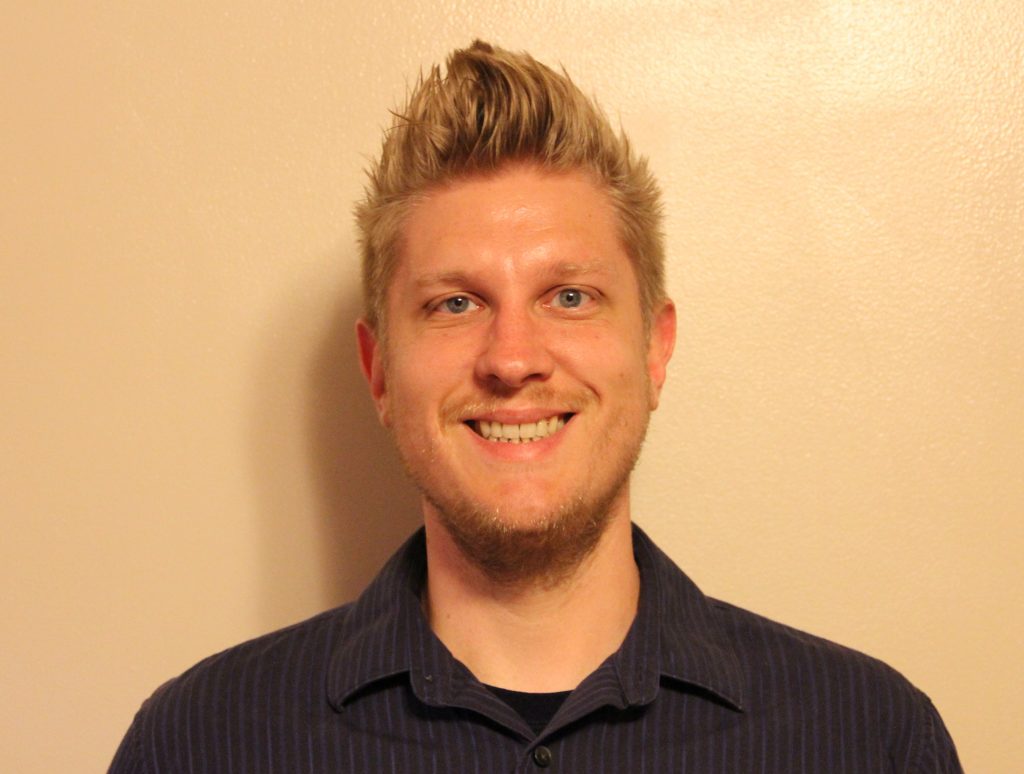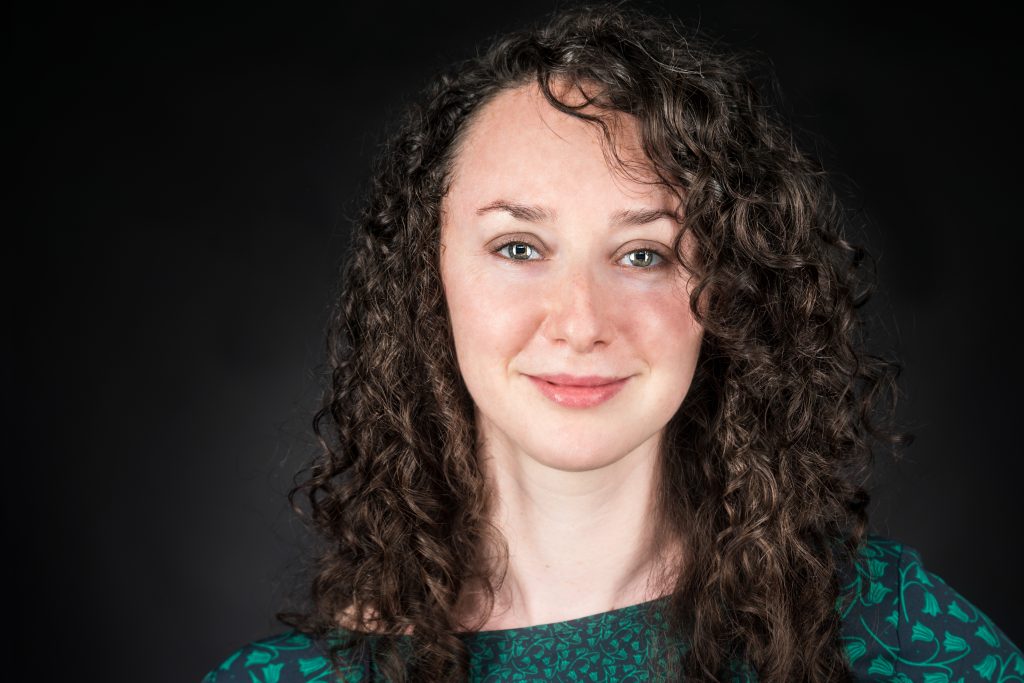During the New York City municipal primary this summer, Daemen faculty members Jay Wendland and Erin Carman analyzed data on the first-ever use of ranked choice voting in the city, which was the largest population in U.S. history to have employed the method to date.
Now, the professors have produced public-facing scholarship to share their findings amid wider consideration of this electoral approach.
For 3Streams – a political scientist-run blog – Wendland and Carman examined data about voters who chose not to rank candidates in the June 2021 primary.
The scholars also looked at how high turnout in the NYC election could lend credence to the idea that ranked choice voting could result in more people voting overall.
“While we saw NYC primary voters embrace ranked choice voting in its inaugural use— there were some patterns that emerged that warrant further exploration and caution before this new electoral mechanism is more fully embraced,” the professors wrote.
In a separate op-ed column, “Ranked choice voting holds promise for future elections,” that appeared in the Buffalo News late last month, Wendland and Carman shared how data from NYC suggests that voters perceived this summer’s mayoral campaign to be slightly more positive than in previous cycles – in line with previous findings.
The professors also advocate for local consideration of the voting method, writing:
RCV is an election system that should be examined here in Buffalo and Erie County. It has several benefits and few drawbacks. The main drawback is the learning curve associated with it. Voters would, indeed, need to learn a new way to vote. However, in New York, 95% of voters found the ballot easy to fill out and the instructions easy to understand, with 97% saying they understood RCV at least somewhat well.
The lesson to be learned from New York City is that with voter education efforts up front, RCV can be successful even in its first use. Buffalo and Erie County would do well to explore its viability here.
Unite America Institution and Common Cause New York supported the professors’ research.


